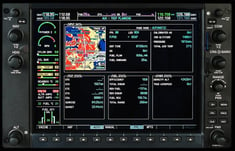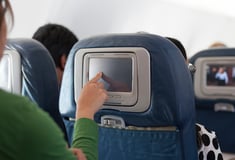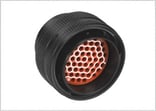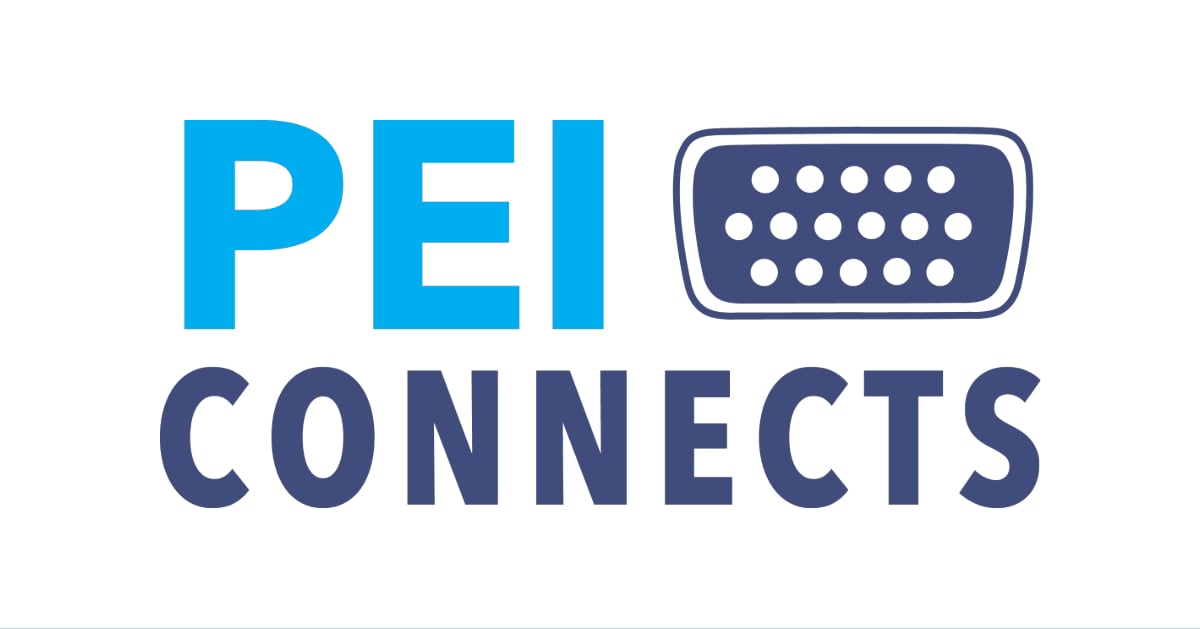Global demand for air travel is growing, driven in part by the rise in middle-income travelers in places such as India and China. The next few years should see the rise of narrow-body planes designed to ferry a smaller number of passengers between hub cities.
This is good news for the aviation industry, but also for makers of interconnect solutions, who will need to help power both the cockpits of these new planes and the in-flight entertainment systems travelers have come to expect.
While planes are becoming narrower and more compact, they still need to accommodate high-speed interconnectivity needs of both pilots and passengers, and are equipped with a wide range of electronics, including state-of-the art navigation systems.
 “Recent trends that favor glass cockpits also increase demand for connectivity products,” wrote Terry Costlow in Connector Supplier. “Glass cockpits feature digital, LED-lit instrument displays, instead of traditional analog dials and gauges. Traditional aircraft connector requirements, including resistance to vibration, shock, temperature changes, and pressure, are still in play.”
“Recent trends that favor glass cockpits also increase demand for connectivity products,” wrote Terry Costlow in Connector Supplier. “Glass cockpits feature digital, LED-lit instrument displays, instead of traditional analog dials and gauges. Traditional aircraft connector requirements, including resistance to vibration, shock, temperature changes, and pressure, are still in play.”
In the passenger area, there’s a growing demand for electronics, fueled by the need for cutting-edge infotainment systems. These not only provide entertainment, but a means for engagement between passengers and airline services, for meal ordering, duty-free sales and international shopping.
Strict Performance Requirements Needed
This leaves makers of interconnect solutions for the aviation industry with a challenge.
 On one hand, they need to meet the needs of air travelers, who want to watch movies, post on Facebook, listen to music, etc., and who have come to expect the same level of connectivity they enjoy at home or work when they’re in the air.
On one hand, they need to meet the needs of air travelers, who want to watch movies, post on Facebook, listen to music, etc., and who have come to expect the same level of connectivity they enjoy at home or work when they’re in the air.
At the same time, interconnect solutions providers still need to offer the reliability and durability the aviation industry demands.
“It’s not easy,” Costlow writes, “especially given the long lifetimes of aircraft, and it is prompting a growing focus on designing connectors that meet strict performance requirements,” such as military-level standards that require a close attention to detail.
And these requirements may change over the often decades-long lifespan of an aircraft, forcing interconnect systems makers to come up with designs that can be adapted as trends shift.
“Touch screens were not common 10 years ago, but are a standard feature in today’s world,” says Mark Baptista, Internal Applications Engineering Manager at PEI-Genesis.
 “Wi-Fi and portable charging was not as easily accessible but it is expected on the aircraft nowadays. Designing a plan to integrate newer technology is tricky because retrofitting an aircraft with modern devices is not always cost-efficient, nor compatible with the existing structure.”
“Wi-Fi and portable charging was not as easily accessible but it is expected on the aircraft nowadays. Designing a plan to integrate newer technology is tricky because retrofitting an aircraft with modern devices is not always cost-efficient, nor compatible with the existing structure.”
“As systems receive upgrades, there are several factors that will change,” Costlow writes.
“For instance, the rapid ascent of signal speeds is continuing unabated,” he says, “forcing connector makers to constantly find ways to increase frequencies while working within size and weight restrictions.”
“Other factors affecting connectors used in aircrafts include price, availability, interface, reliability and technological sophistication,” Baptista notes.
PEI-Genesis Offers Aviation Connectors from Amphenol, ITT Cannon and More
 PEI-Genesis is ready to help you meet the challenges of the growing market for in-flight passenger entertainment systems. We specialize in designing and assembling connectors and cable assemblies for aviation applications, with rugged connectors made to BACC, EN and military specifications.
PEI-Genesis is ready to help you meet the challenges of the growing market for in-flight passenger entertainment systems. We specialize in designing and assembling connectors and cable assemblies for aviation applications, with rugged connectors made to BACC, EN and military specifications.
We supply aviation connectors from leading brands such as as Amphenol, ITT Cannon, Cinch Connectivity Solutions and Anderson Power Products.
Contact us to find out how we can assist you in your next aviation project.











